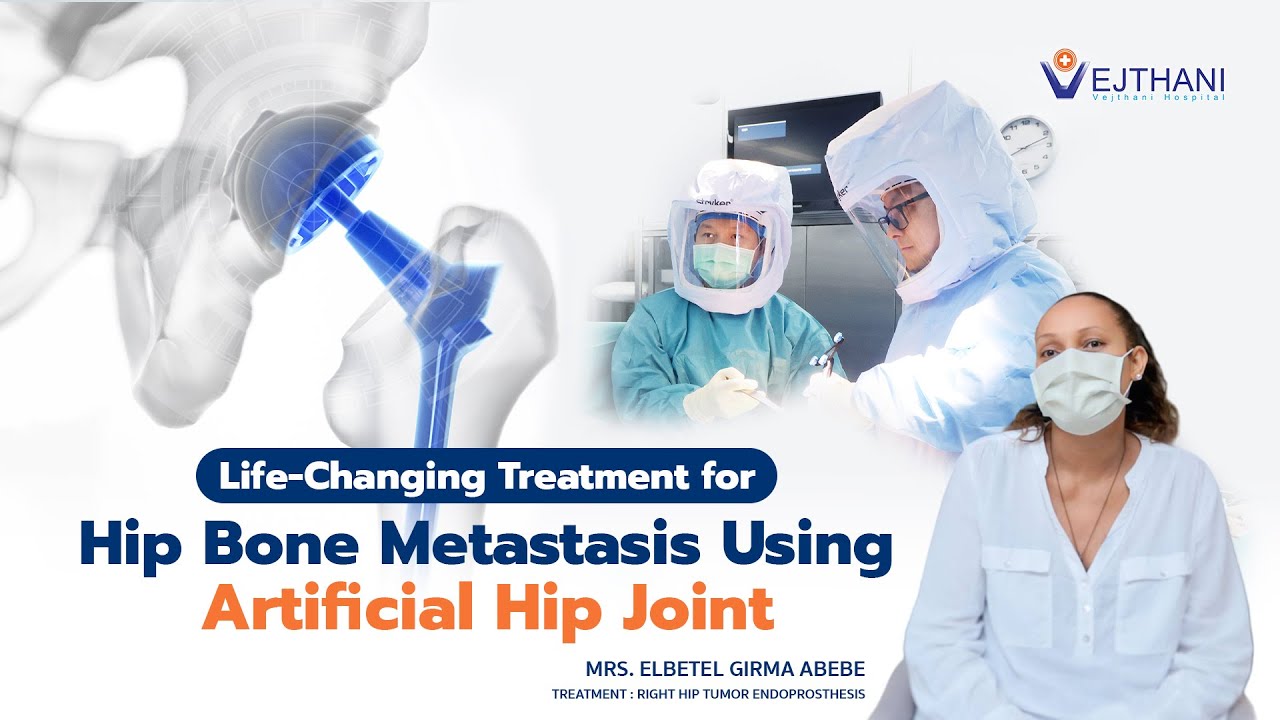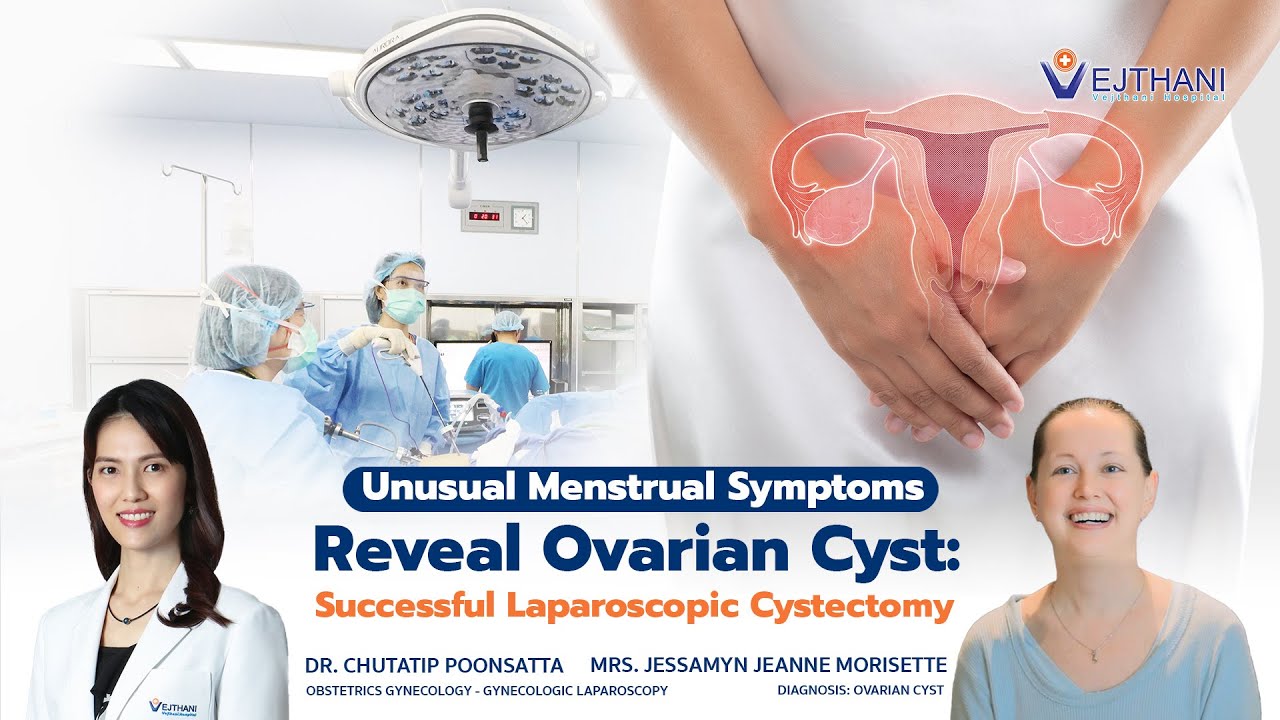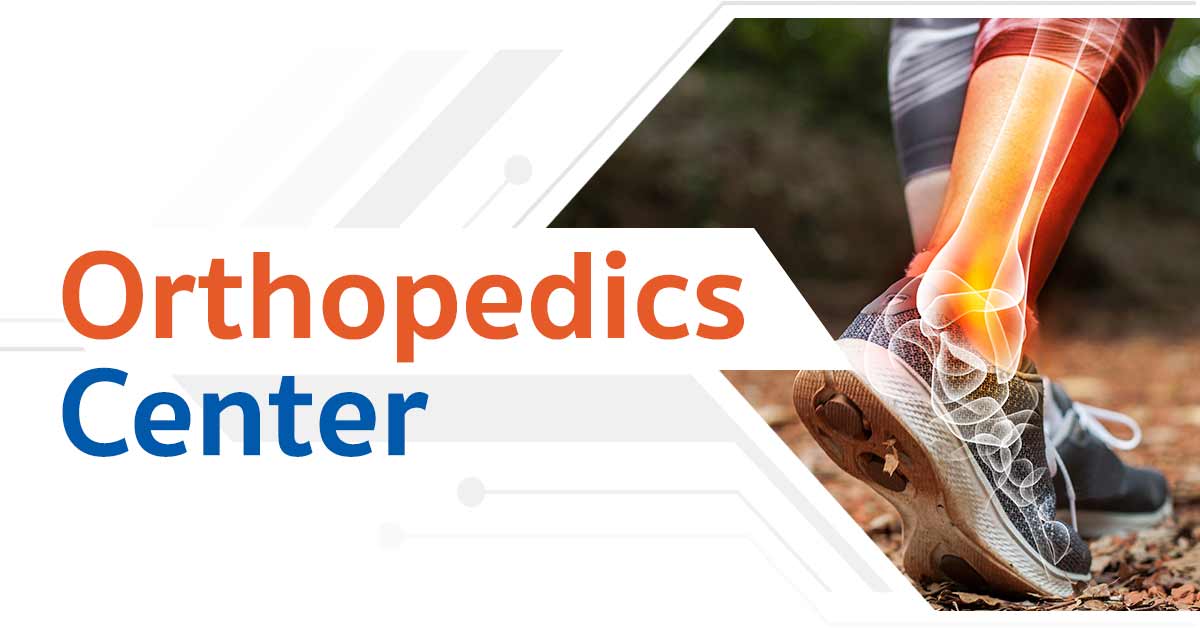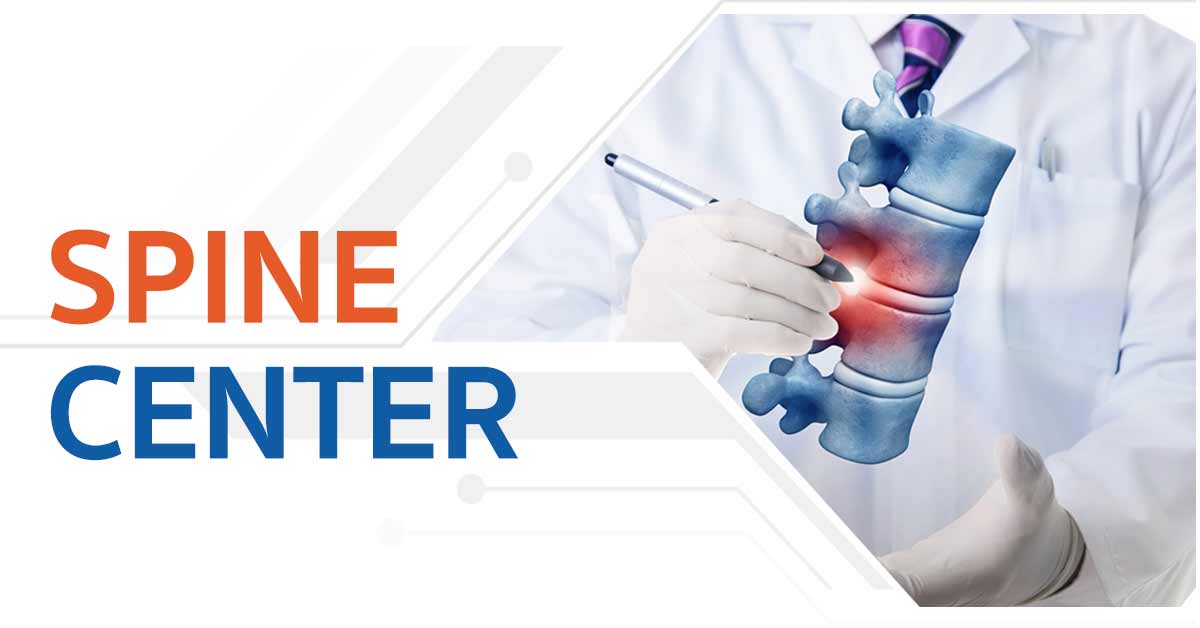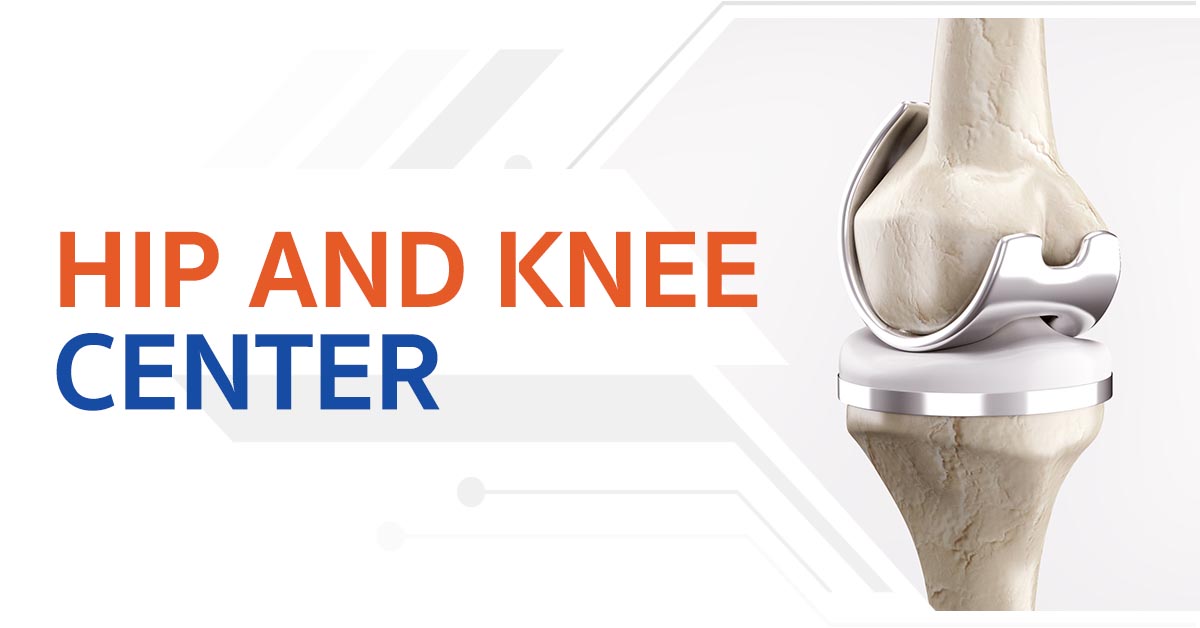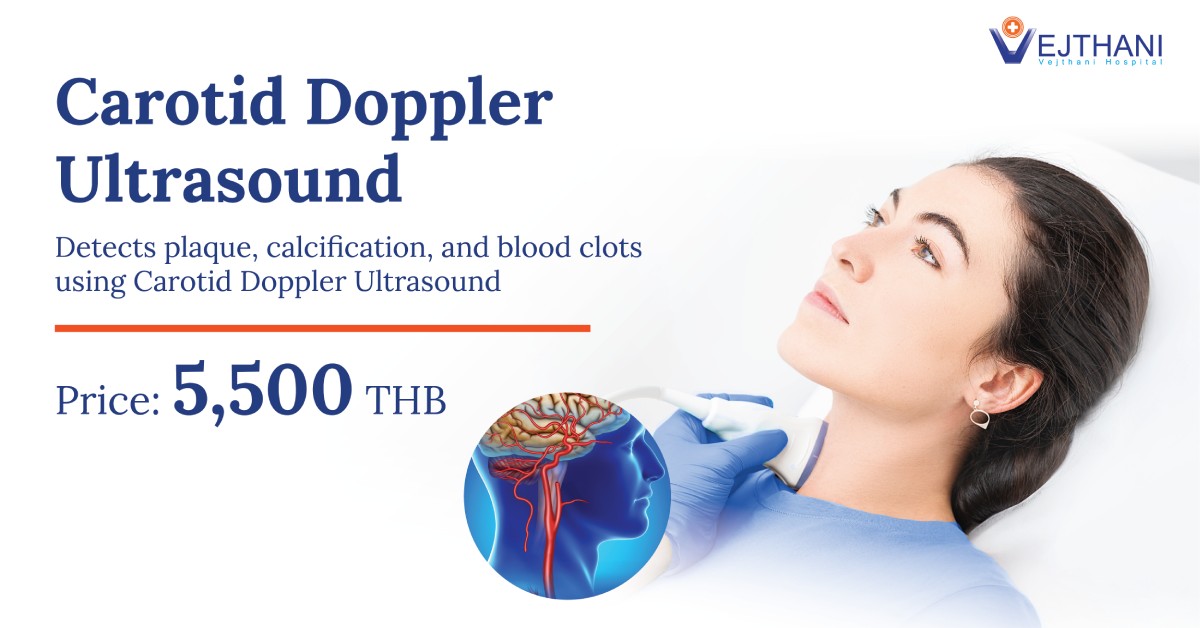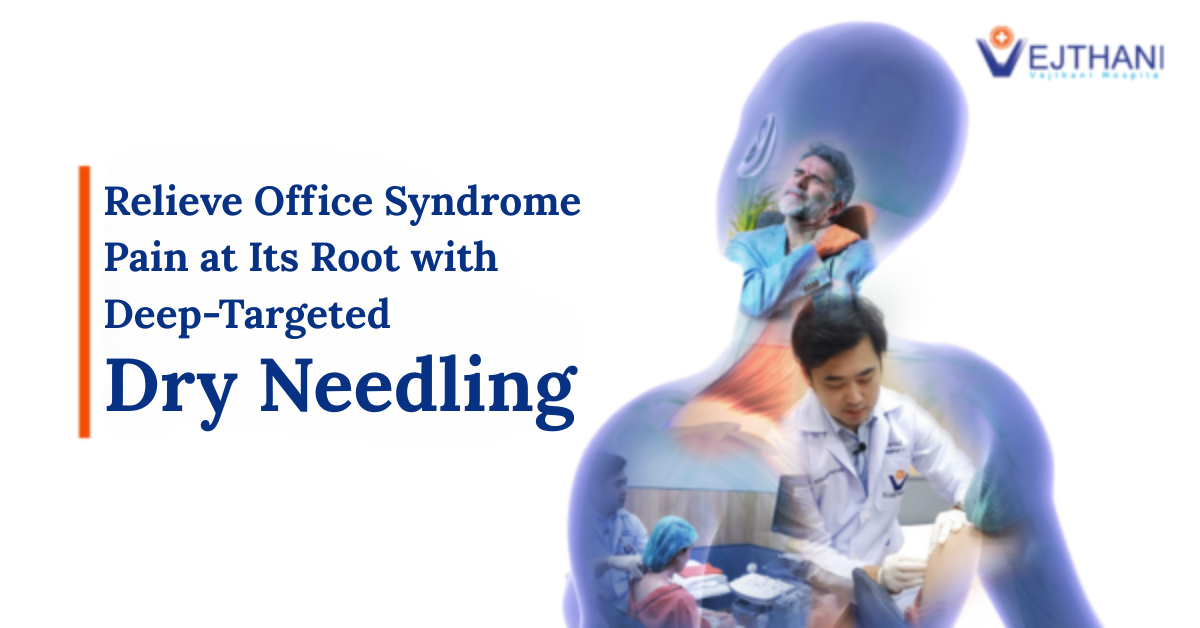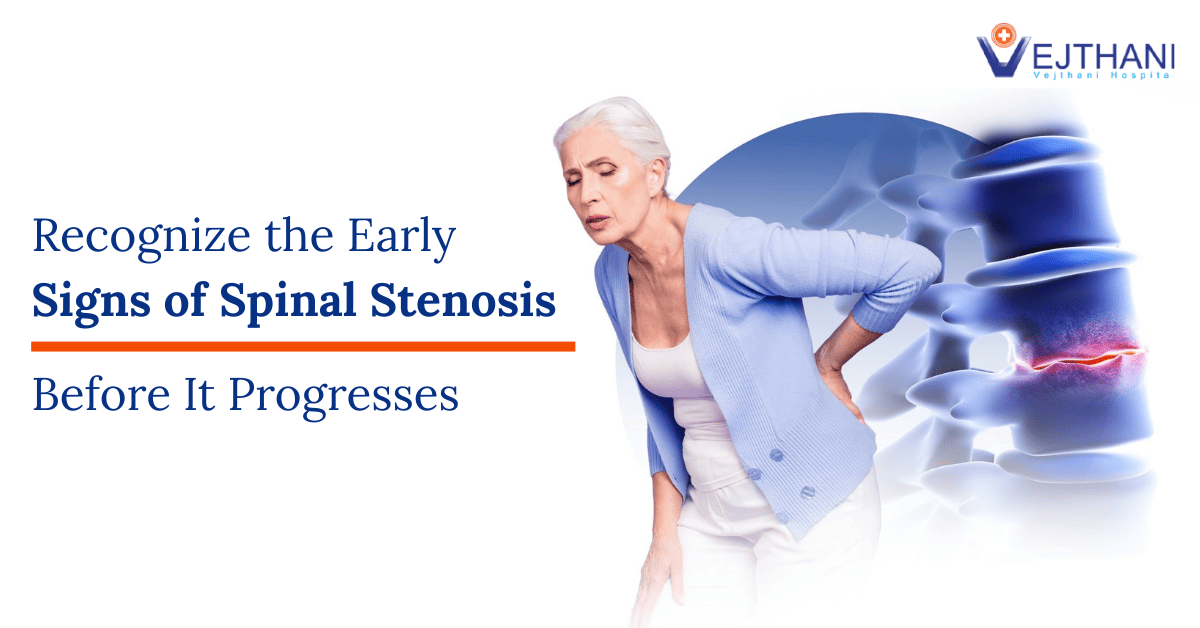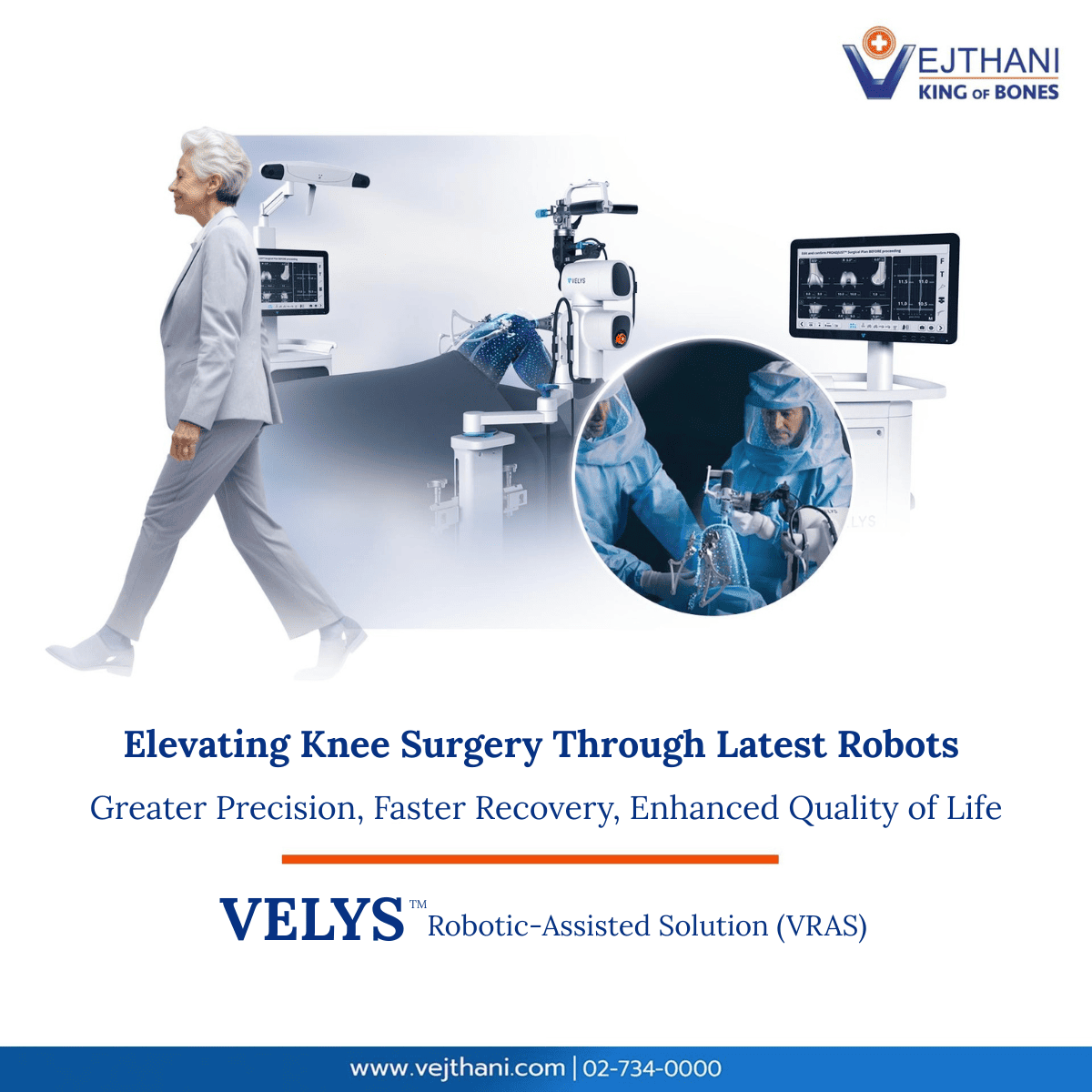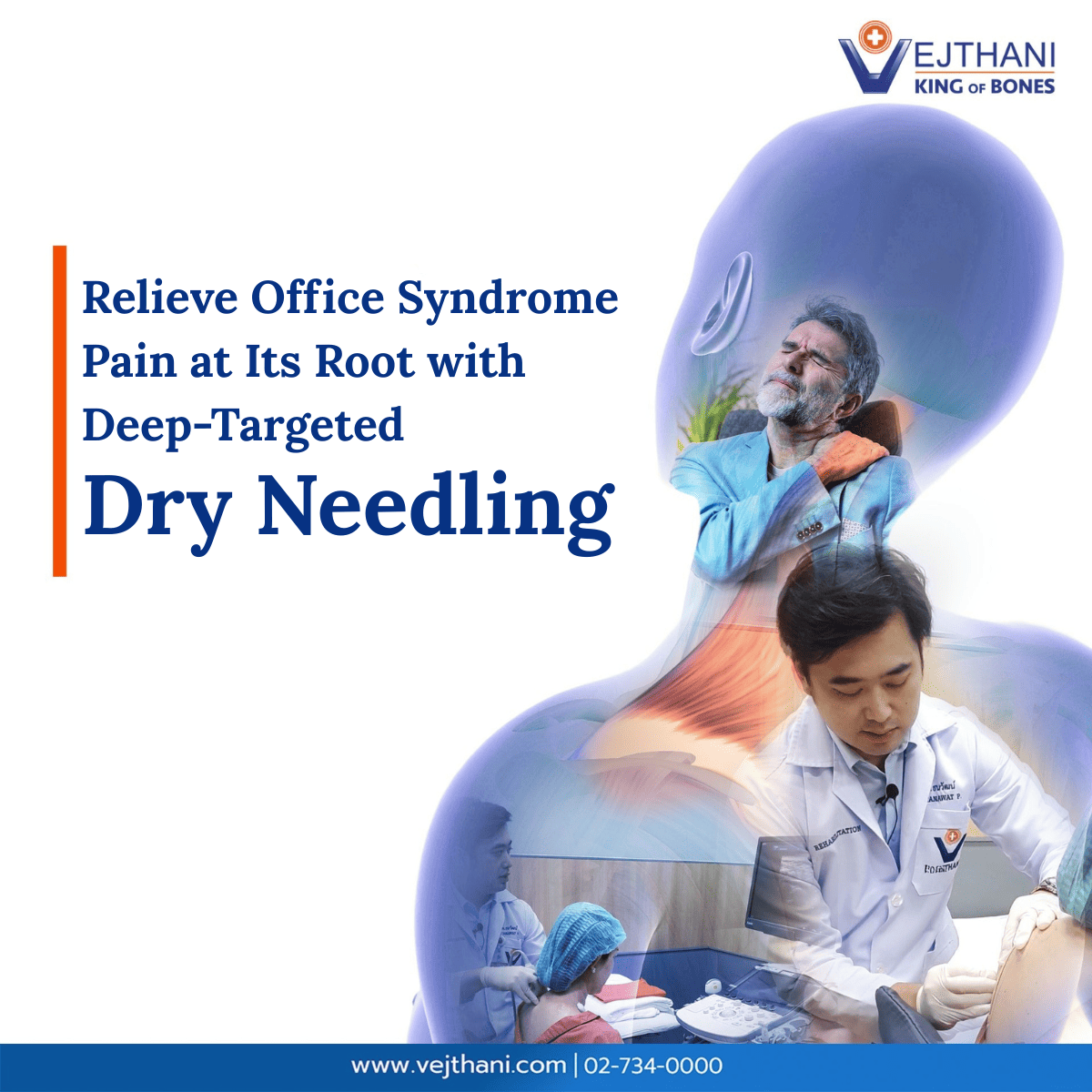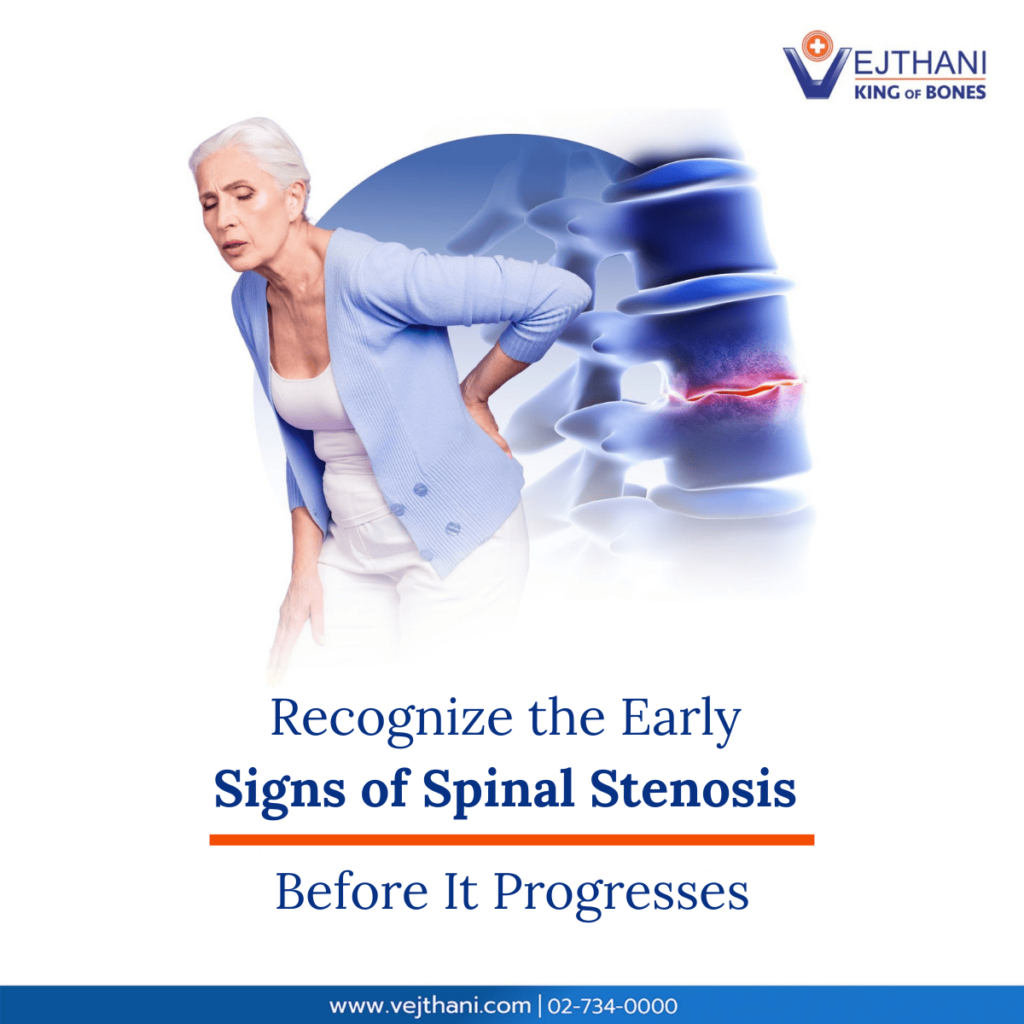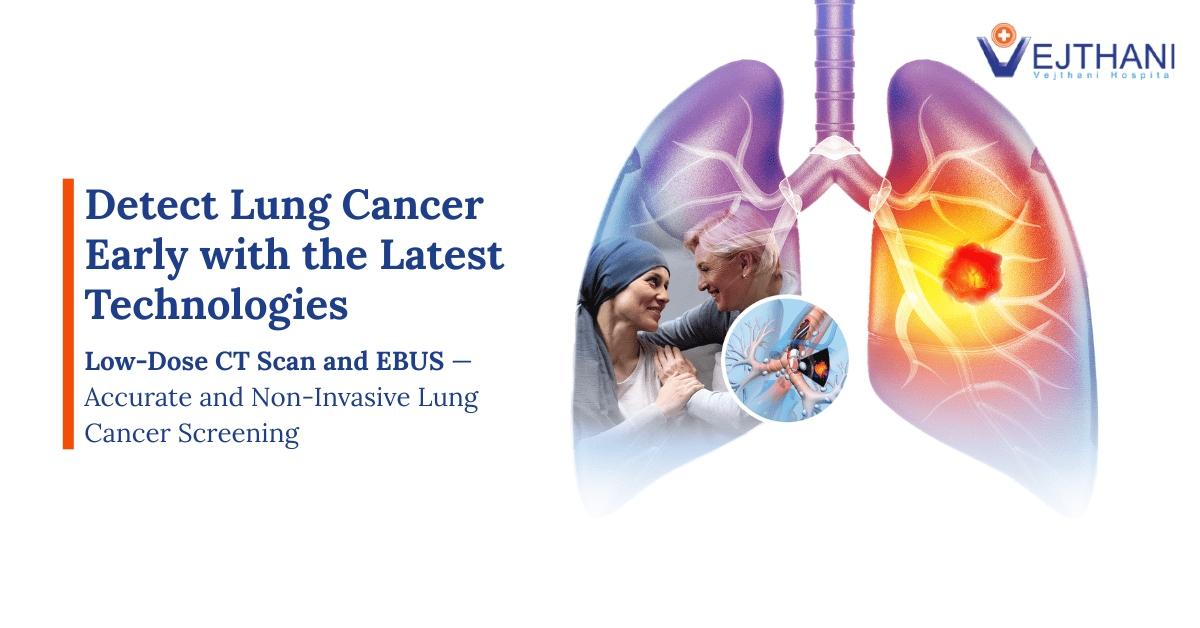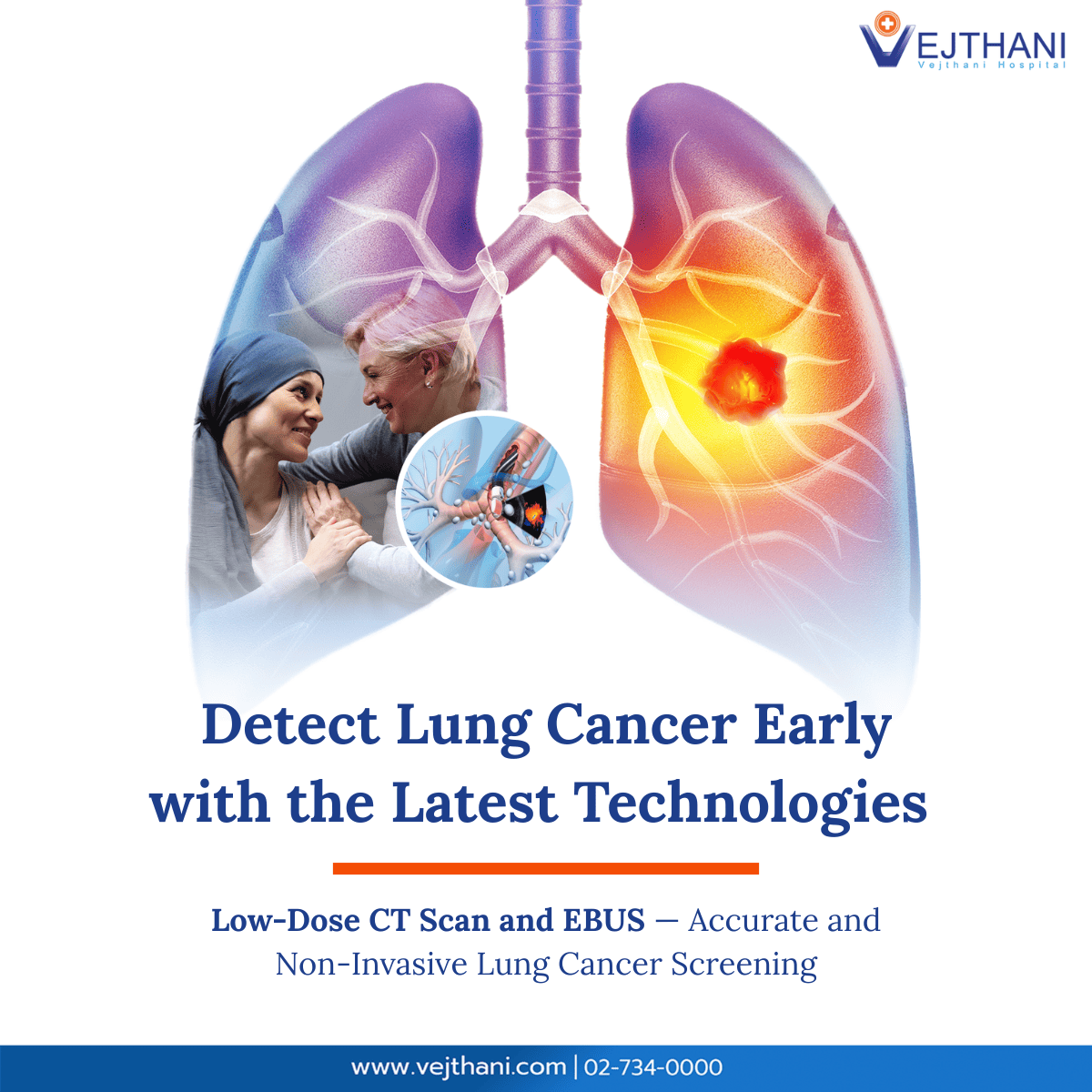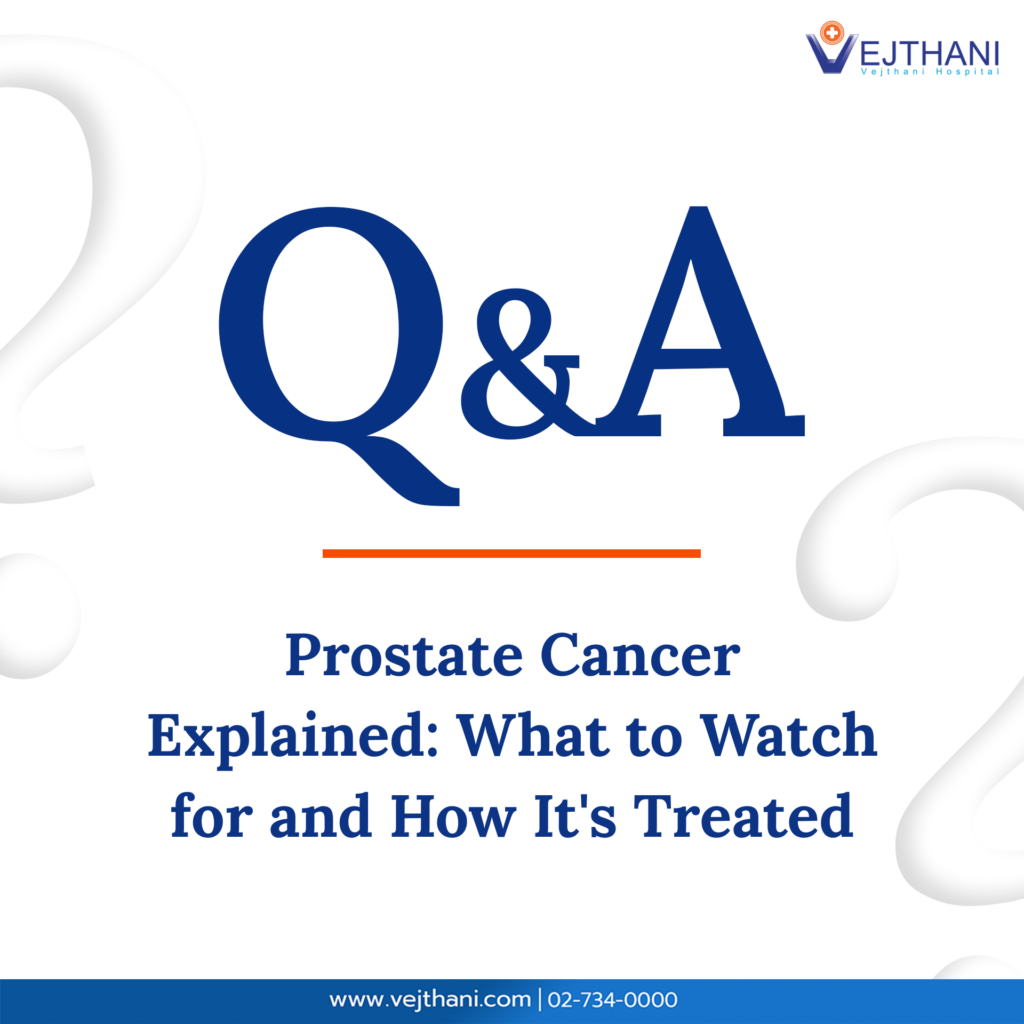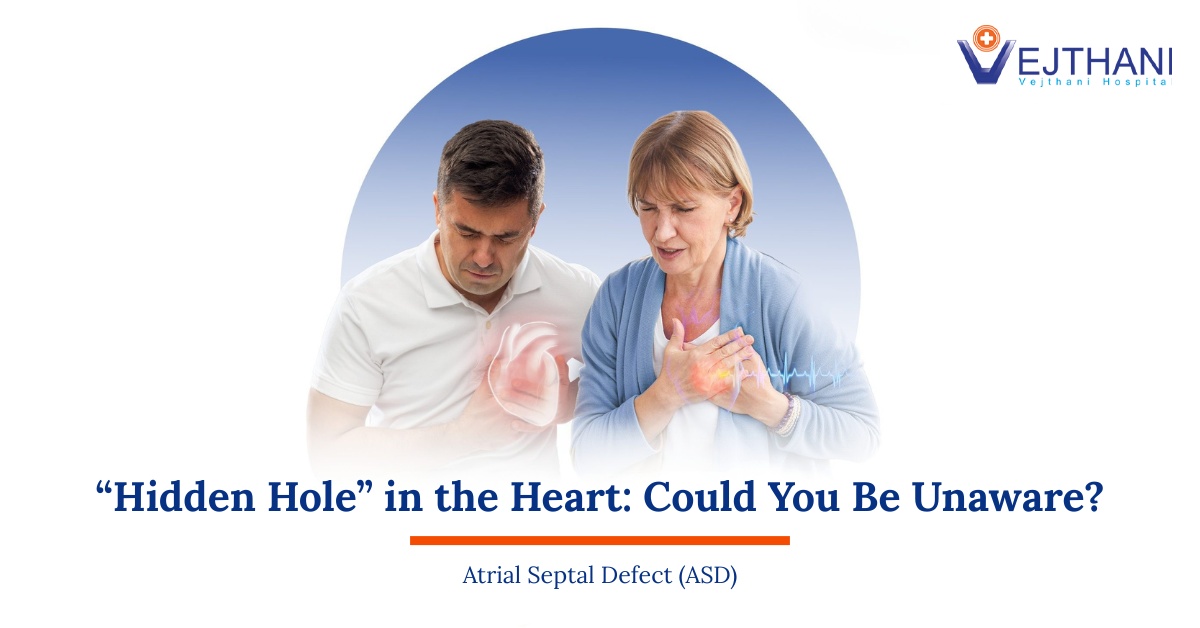

Q: What is a brain tumor?
A: A brain tumor is a mass of abnormal cells that develops in the brain or surrounding tissues. Tumors can be:
- Benign (noncancerous) and slow-growing
- Malignant (cancerous) and fast-growing
Tumors that begin in the brain are called primary brain tumors. Those that spread from other parts of the body are called secondary or metastatic brain tumors.
Q: What symptoms can a brain tumor cause?
A: Symptoms depend on the tumor’s size, type, and location. They may include:
- Headaches (sudden, frequent, or changing in pattern)
- Nausea or vomiting
- Blurred vision, double vision, or loss of peripheral vision
- Problems with hearing, speech, or thinking
- Weakness or numbness in arms or legs
- Balance problems
- Exhaustion
- Confusion in daily activities
- Trouble following simple instructions
- Behavioral or personality changes
If these symptoms persist or worsen, consult a doctor for further evaluation.
Q: What causes brain tumors?
A: Primary brain tumors occur when normal cells in the brain or nearby areas mutate and grow uncontrollably. These can arise in:
- The brain tissue itself
- The meninges (covering membranes)
- Cranial nerves
- The pituitary or pineal glands
Secondary brain tumors occur when cancer spreads to the brain from another part of the body, commonly from the lungs, breasts, kidneys, colon, or skin (melanoma). Secondary brain tumors are more common in adults than primary brain tumors.
Q: Who is at risk of brain tumors?
A: While many brain tumors have no known cause, risk factors include:
- Exposure to ionizing radiation (e.g., cancer treatments, atomic bomb radiation)
- Family history of brain tumors or certain genetic syndromes
Q: What are the main types of brain tumors?
A: Primary Brain Tumors:
- Gliomas: Tumors from the brain or spinal cord (e.g., astrocytomas, ependymomas, glioblastomas, oligodendrogliomas)
- Meningiomas: Tumors from the meninges (the membranes around the brain and spinal cord)
- Acoustic neuromas (schwannomas): Noncancerous tumors that develop on the nerves responsible for balance and hearing, usually between the inner ear and the brain.
- Pituitary adenomas: Tumors in the pituitary gland; may alter pituitary hormone levels
- Medulloblastomas: Cancerous tumors starting in the lower back part of the brain, often spreading through spinal fluid; more common in children
- Germ cell tumors: Usually develop in children and may appear in the brain
- Craniopharyngiomas: Rare tumors near the pituitary gland, potentially affecting surrounding brain structures
Q: How are brain tumors diagnosed?
A: Brain tumors can be diagnosed through various methods, including:
- Neurological exam: Tests vision, hearing, balance, strength, coordination, and reflexes
- MRI scan: Primary imaging method; sometimes with contrast dye
- Specialized MRI scans: Functional MRI, perfusion MRI, magnetic resonance spectroscopy — to assess the tumor and assist in treatment planning
- CT or PET scans: Used in specific cases
- Biopsy: Confirms if the tumor is cancerous or benign; may be done during surgery or with a stereotactic needle biopsy (especially for hard-to-reach tumors or sensitive areas of the brain).
Q: What are the treatment options for brain tumors?
A: Treatment depends on the tumor’s type, size, and location:
Surgery
- If the tumor is small and can be separated from surrounding brain tissue, complete removal may be possible.
- Tumors near sensitive areas may not be fully removable due to risk; however, the doctor will remove as much of the tumor as is safely possible.
- Partial removal can help reduce symptoms and signs.
- Risks include infection, bleeding, or complications (e.g., vision loss if near the optic nerves)
If the brain tumors are considered as a group of malignant (cancerous) cells, there are treatment options as follows:
Radiation Therapy
- Uses high-energy beams (X-rays or protons) to kill tumor cells
- Usually delivered by an external machine (outside of the body)
- Can target the tumor or the whole brain
- Side effects: fatigue, headaches, memory loss, scalp irritation, hair loss
Stereotactic Radiosurgery
- Delivers tightly focused radiation using multiple beams that combine at the tumor site
- Often completed in a single session
- Most patients go home the same day
Chemotherapy
- Uses medications in oral form or intravenous injection to kill tumor cells
- The type of medicine depends on the type of cancer
- Side effects vary by drug type and dosage, but may include nausea, vomiting, and hair loss
- Testing tumor cells can help assess how effective chemotherapy may be
Targeted Therapy
- Focuses on specific abnormalities in cancer cells
- Blocks these abnormalities to stop tumor growth
- Tumor cells can be tested prior to treatment to determine if targeted therapy would be effective for that specific type of brain tumor
Immunotherapy
- Immunotherapy is a type of treatment that uses specific medications to support the immune system
- It helps the body’s natural defenses locate and destroy cancer cells
- The immune system typically works by targeting harmful invaders and abnormal cells
- This therapy improves the immune system’s ability to recognize and attack cancer more effectively
Q: Why is rehabilitation important after treatment?
A: Brain tumors can affect areas responsible for movement, speech, and memory. Rehabilitation can support recovery:
- Physical therapy: Regains motor skills and strength
- Occupational therapy: Helps resume daily tasks
- Speech therapy: Supports patients with speech difficulties
- Tutoring: Helps school-age children adapt to learning or memory changes
Brain tumors can have a serious impact, but early diagnosis and the right treatment can lead to better outcomes. If you experience ongoing neurological symptoms, consult a healthcare provider promptly.
For more information, please contact
Neuroscience Center, Vejthani Hospital
Call: (+66)2-734-0000 Ext. 5400
English Hotline: (+66)85-223-8888

